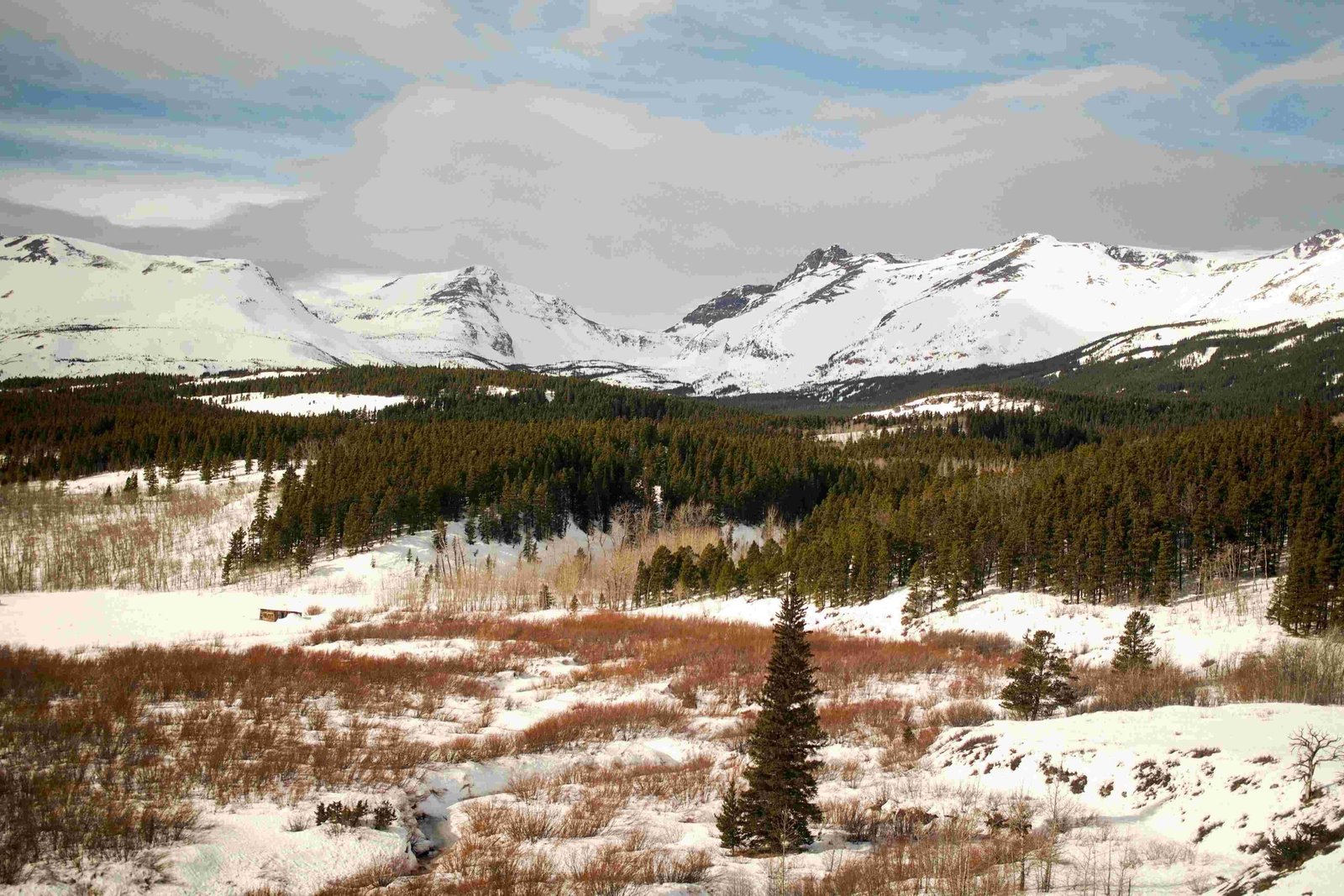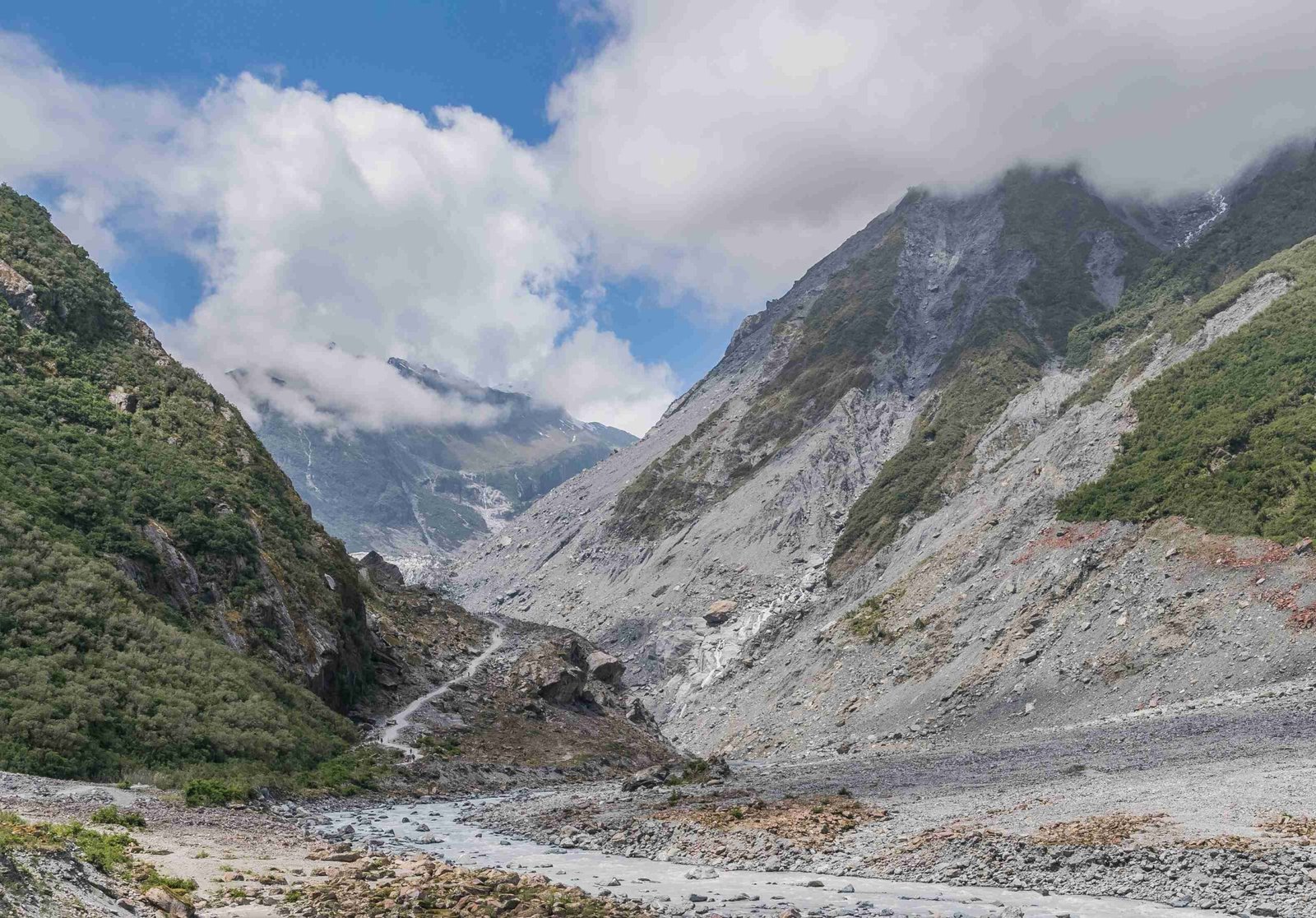Glacier National Park is home to a diverse array of adorable wildlife. From fluffy mountain goats to charming chipmunks, the park offers visitors a chance to observe some of North America’s most endearing creatures in their natural habitat. This guide explores the top five cutest animals in Glacier National Park, their habitats, behaviors, and the best spots to see them.
What Are the Top Five Cutest Animals in Glacier National Park?

- Mountain Goats
- Bighorn Sheep
- Mule Deer
- Pikas
- Chipmunks
Let’s dive into the details of each of these charming creatures and learn where you can spot them in the park.
Where Can You Find Mountain Goats in Glacier National Park?

Mountain goats are perhaps the most iconic and beloved animals in Glacier National Park. These fluffy white creatures are known for their impressive climbing abilities and striking appearance.
Key Facts About Mountain Goats:
- Location: Frequently seen on mountain slopes, particularly around Logan Pass, Hidden Lake Overlook, and Gunsight Pass.
- Best Time to See: May and June, when they gravitate toward salt licks like the Goat Lick Overlook.
- Characteristics:
- White coats
- Cloven hooves
- Impressive curved horns
- Can jump up to 12 feet
- Diet: Grasses, plants, and minerals from salt licks
- Conservation Status: Not currently listed as threatened, but face risks from habitat loss and human disturbance
Best Spots for Mountain Goat Viewing:
- Logan Pass (GPS: 48.6933° N, 113.7203° W)
- Hidden Lake Overlook (GPS: 48.6933° N, 113.7203° W)
- Goat Lick Overlook (GPS: 48.4333° N, 113.4333° W)
How Can You Spot Bighorn Sheep in the Park?
Bighorn sheep are another charismatic species that capture the hearts of park visitors with their impressive horns and agile movements.
Key Facts About Bighorn Sheep:
- Location: Commonly found in alpine and sub-alpine meadows, such as Logan Pass and the Hidden Lake Trail.
- Best Time to See: Summer months, especially around Logan Pass and the Going-to-the-Sun Road.
- Characteristics:
- Recognizable curled horns
- Agile climbers
- Can run at speeds of up to 30 mph
- Diet: Grasses, plants, and shrubs
- Conservation Status: Not currently threatened, but face challenges from habitat fragmentation and disease transmission from domestic sheep
Best Spots for Bighorn Sheep Viewing:
- Logan Pass (GPS: 48.6933° N, 113.7203° W)
- Hidden Lake Trail
- Going-to-the-Sun Road
When Is the Best Time to See Mule Deer in Glacier National Park?
Mule deer are a common sight in Glacier National Park, known for their large ears and gentle demeanor.
Key Facts About Mule Deer:
- Location: Often seen in meadows and open areas, particularly around Many Glacier.
- Best Time to See: Active year-round, but best observed during early morning and late afternoon.
- Characteristics:
- Large ears
- Accustomed to human presence but can become skittish if approached too quickly
- Diet: Grasses, leaves, and twigs
- Conservation Status: Not listed as threatened, but can be affected by habitat loss and human activity
Best Spots for Mule Deer Viewing:
- Many Glacier Valley (GPS: 48.7942° N, 113.6561° W)
- St. Mary Lake Area (GPS: 48.7467° N, 113.4375° W)
What Makes Pikas One of the Cutest Animals in the Park?
Pikas are small, rabbit-like creatures that have captured the hearts of many park visitors with their high-pitched calls and adorable appearance.
Key Facts About Pikas:
- Location: Found in the alpine zone, often heard more than seen due to their high calls or whistles.
- Best Time to See: Can be heard throughout the year, but more active during warmer months when they collect vegetation for winter.
- Characteristics:
- Small, round bodies
- No visible tail
- Large, round ears
- Do not hibernate
- Prepare for winter by collecting dried vegetation in ‘haypiles’
- Diet: Various alpine plants
- Conservation Status: Vulnerable to climate change due to their specific habitat requirements; listed as a species of special concern
Best Spots for Pika Viewing:
- High-elevation rocky areas
- Alpine meadows
- Talus slopes
Why Are Chipmunks Considered Among the Cutest Glacier National Park Animals?
Chipmunks are a common and beloved sight in Glacier National Park, known for their energetic behavior and distinctive stripes.
Key Facts About Chipmunks:
- Location: Common at both low and high elevations, frequently seen along trails and near visitor areas.
- Best Time to See: Active throughout the year, but more visible during warmer months when they are foraging.
- Characteristics:
- Striking yellow stripes on their heads, bodies, and tails
- Active and often seen scurrying around
- Diet: Seeds, nuts, and fruits
- Conservation Status: Not currently listed as threatened
Best Spots for Chipmunk Viewing:
- Along hiking trails
- Near picnic areas and campgrounds
- Around visitor centers
What Are the Best Practices for Viewing Cute Animals in Glacier National Park?
When observing wildlife in Glacier National Park, it’s crucial to follow these guidelines to ensure the safety of both animals and visitors:
- Maintain a safe distance (at least 100 yards from bears and wolves, 25 yards from other wildlife)
- Never feed wild animals
- Use binoculars or telephoto lenses for close-up views
- Stay on designated trails
- Keep pets leashed and under control
- Dispose of trash properly to avoid attracting animals
How Can You Enhance Your Wildlife Viewing Experience in Glacier National Park?
To make the most of your wildlife viewing experience in Glacier National Park, consider these tips:
-
Join a Guided Tour: Knowledgeable guides can enhance your chances of spotting elusive animals and provide valuable information about their behaviors and habitats.
-
Visit During Peak Months:
- May and June for mountain goats at salt licks
-
Summer months for bighorn sheep and mule deer
-
Explore Specific Trails:
- Logan Pass and Hidden Lake Trail for mountain goats and bighorn sheep
-
Many Glacier Area for mule deer and moose
-
Bring the Right Equipment:
- Binoculars
- Camera with a zoom lens
-
Field guide to local wildlife
-
Be Patient and Observant: Wildlife viewing often requires patience and a keen eye. Take time to scan the landscape and listen for animal calls.
-
Visit at Optimal Times: Early morning and late afternoon are typically the best times for wildlife activity.
By following these guidelines and tips, you’ll increase your chances of encountering the cute animals of Glacier National Park while ensuring their protection and your safety.